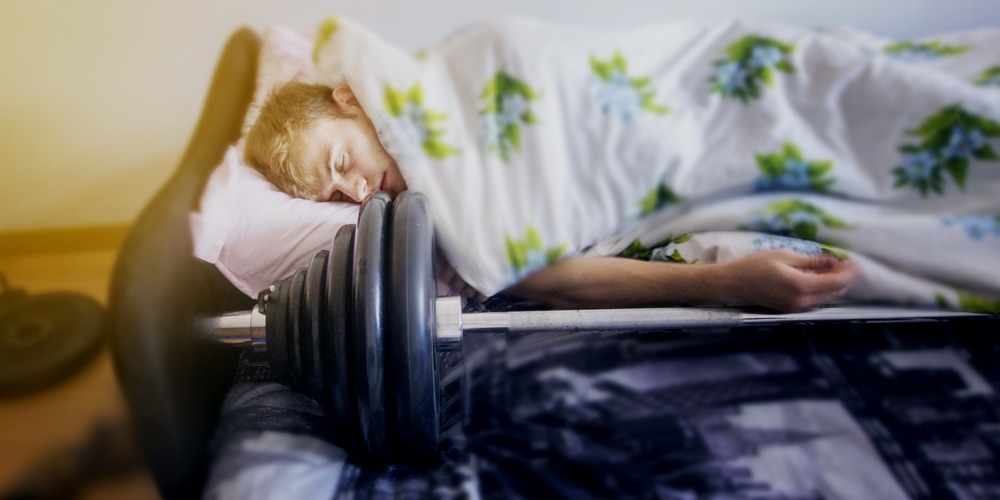For millions of people around the world who live with pain, acupuncture is no longer an exotic curiosity. Acupuncture has become increasingly accepted in many countries and can provide excellent results as an alternative treatment to drugs and surgery. Acupuncture can work very well for acute or chronic pain in the muscles, ligament, tendons and joints. We will attempt to explain how acupuncture helps musculoskeletal pain in this article.
The big unknown for many people around the world is how and why Acupuncture helps musculoskeletal pain.
In the 1970s, research appeared in medical literature suggesting that acupuncture reduced pain sensations through direct stimulation of nerves, which changed the quality of signalling along nerve cells. Further studies supported the idea, and said that acupuncture directly stimulated the release of endorphins. Endorphins are our body’s natural pain killers and are 1000 times stronger than morphine.
Another way that Acupuncture helps musculoskeletal pain is through the “Gate Control Theory”. According to this theory, pain signals must pass through a number of high-traffic “gates” as they move from the area of injury upward through the spinal cord and into the brain. Like a road or highway, these nerves can handle only a limited number of nerve signals at one time. Acupuncture generates competing stimuli and effectively interrupts the neurotransmission of the pain signals from reaching the brain. The result: we stop “experiencing the pain”.
How Does Acupuncture Work According To Eastern Medicine?

Chinese Medicine is based on an ancient philosophy that describes the universe, and the body, in terms of two opposing forces: yin and yang. When these forces are in balance, the body is healthy. Energy, called “qi”, flows along specific pathways, called meridians, throughout the body. This constant flow of energy keeps the yin and yang forces balanced. However, if the flow of energy gets blocked, like water getting stuck behind a dam, the disruption can lead to pain, dysfunction, or illness. Acupuncture therapy can release blocked qi in the body and stimulate function, evoking the body’s natural healing response through various physiological systems.
Much research has demonstrated that patients with acute pain can respond well to acupuncture treatment, sometime relieving the pain immediately. Chronic conditions generally require more treatment (approximately 6-10 treatments) to get a significant improvement in symptoms.
Another study found that patients who were taking analgesics before acupuncture therapy were able to either discontinue them completely, or reduce their doses dramatically. However, if you are being prescribed analgesics, please speak with your doctor before reducing or discontinuing them.
If you have experienced trauma and pain from a major accident, please note that studies also supported the use of acupuncture for after-treatment of patients who have suffered major accidents.
Acupuncture also has the effect of constricting or dilating blood vessels. This may be caused by the body’s release of Vasodilaters (such as Histamine), in response to the Acupuncture stimulation. This is another way that Acupuncture can reduce pain, decrease oedema, increase range of motion and reduce long standing complaints following accidents.
For more information about Acupuncture, visit our Acupuncture Caulfield page, or you can make an appointment by calling 9193 2170 or booking online here.
Centre 4 Health – All your health needs in one place
How Acupuncture Helps Musculoskeletal Pain
Centre 4 Health
Acupuncture Caulfield
368B Hawthorn Road
Caulfield South
VIC 3162




